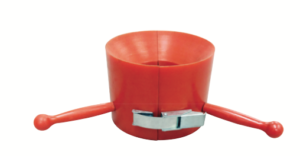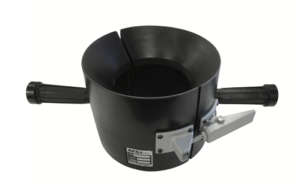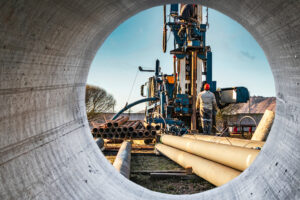According to billypugh.com, there are nearly 125 oil rigs in operation in the Gulf of Mexico. For operators on these oil rigs, and for all working in the oil industry, having intimate stabbing guide knowledge will benefit your company. The proper stabbing guide ensures that your pipes and threads remain undamaged — lowering the risk of connection failure. Stabbing guides assist operators in aligning pipe sections, so it’s important that you are using the right ones. Read on to learn more about how to determine which type is best for you.
What Is a Stabbing Guide?
Stabbing guides help operators connect two sections of drill pipe, tubing, or other types of connections safely and with precision. They can either be used when stringing a new pipeline or when you are creating replacement sections for existing lines. When this is done correctly, the chance of pipe damage and failure decreases.

Stabbing Guide Benefits
These precision piping products provide operators with elevated levels of control — something that is essential when working with these materials. Operators have a smaller margin for error, which saves time, energy, and materials. Not only do stabbing guides make this process safer, and guarantee long-lasting results, but they get the job done quicker. This is because they made the job of aligning and connecting so much easier. When this job is expedited, your workers have time to work on other areas of the project. Lastly, as we briefly touched upon previously, there is far less pipe and thread damage when you can get things right the first time around.

Which Durable Make-Up Is Right For You?
Once you’ve understood the utility and necessity of stabbing guides, it’s time to invest in them. But the question must be asked: Should you invest in standard duty or heavy duty stabbing guides? Which one you pick could depend on a number of factors, such as what size guides you require and which benefits and features you prioritize.
Standard duty stabbing guides feature a steel core with a urethane outer shell. The handles on them are removable and replaceable. They offer protection for pipe threads during make-up. They are accessible in buckled closure types, as well as magnetic closure types.
As with standard duty, heavy duty stabbing guides have a steel core, and a urethane outer shell, but both elements are more substantial. Both the core and outer shell are notably thicker. They offer removable and replaceable handles and provide protection for pipe threads just as standard duty guides do. Unlike standard duty guides, they are available in quick-lock bolt closures.
For more information about which stabbing guide is right for you, our professionals will help determine which will suit your specific needs.




